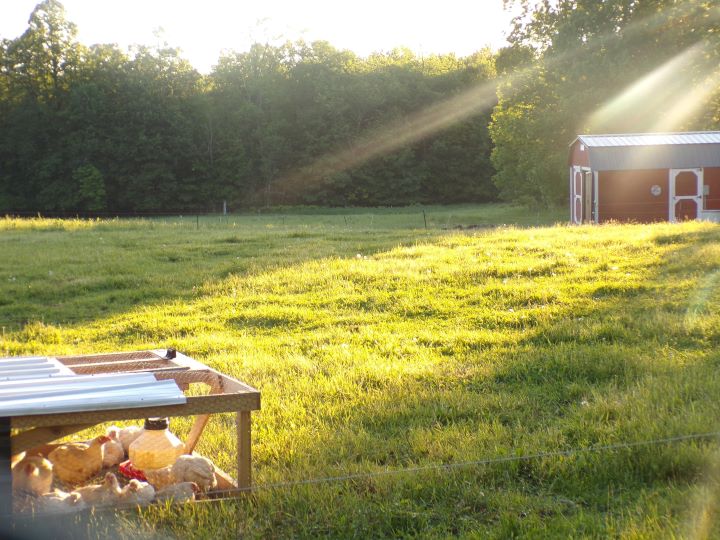Managing a 15 acre homestead cattle rotation can seem like a daunting task, but with the right strategies, it can become a sustainable and rewarding endeavor. Many people dream of establishing a homestead that not only provides for their families but also supports the environment. In this guide, we will explore the benefits, strategies, and essential tips for effectively managing cattle rotation on a 15-acre farm.

Understanding Cattle Rotation
Cattle rotation, also known as rotational grazing, involves moving cattle between different sections of pasture. This method ensures that the grass in each section has time to regenerate, promoting soil health and reducing the risk of overgrazing. On a 15 acre homestead, rotational grazing is an efficient way to maximize land use.
Benefits of Rotational Grazing
Rotational grazing offers numerous benefits, including improved soil health, increased forage production, and better weight gain for cattle. This method mimics natural grazing patterns, which enhances biodiversity on the farm. Moreover, it minimizes erosion, a common issue highlighted in erosion control practices.
Planning Your Cattle Rotation
Effective planning is crucial for successful cattle rotation. Start by dividing your 15 acres into smaller paddocks. The number of paddocks depends on factors such as herd size and pasture quality. Aim for at least six to eight paddocks to allow for sufficient rest for the grass in between grazing periods.
Implementing the Rotation System
Begin the rotation process by selecting the first paddock for grazing. Allow cattle to graze until the grass is reduced to about four inches. Then, move the cattle to the next paddock, allowing the first one to recover. It’s essential to monitor grass growth and adjust the rotation schedule accordingly.
Monitoring Pasture Health
Regularly assess the health of your pastures. Look for signs of overgrazing or uneven growth. Adjusting the rotation schedule based on these observations is critical to maintaining a healthy pasture.
Challenges and Solutions
While cattle rotation is beneficial, it does come with challenges. Weather conditions, such as drought, can impact pasture growth. In these cases, consider supplementary feeding to maintain cattle health. Additionally, invest in infrastructure like fencing and water systems to support the rotation system.
Supplementary Feeding
During periods of low pasture growth, supplementary feeding may be necessary. Options include hay, silage, and formulated cattle feeds. Ensure that cattle receive balanced nutrition to support their growth and productivity.
Infrastructure Considerations
Good infrastructure is vital for a successful rotation system. Secure and reliable fencing prevents cattle from straying and allows for controlled grazing. Water systems should be easily accessible to all paddocks to ensure cattle remain hydrated.
Integrating Other Livestock
Integrating other livestock, such as poultry or dairy goats, can enhance the productivity of your homestead. Different species have varied grazing habits, reducing the risk of overgrazing and promoting pasture diversity.
Benefits of Mixed Livestock
Mixed livestock farming can lead to better pasture utilization and improved soil health. Chickens, for example, can help control pests and fertilize the land, complementing the grazing patterns of cattle.
Financial Considerations
While establishing a 15 acre homestead cattle rotation system requires initial investment, it can lead to significant long-term savings. By maintaining healthy pastures and livestock, homesteaders can reduce feed costs and increase farm productivity. Consider exploring income diversification strategies to further enhance financial stability.
Cost-Effective Strategies
Investing in quality fencing and water systems can save money in the long run by preventing cattle losses and ensuring efficient pasture use. Additionally, consider grant programs or agricultural loans that may support sustainable farming practices.
Long-Term Sustainability
Adopting a rotational grazing system aligns with sustainable farming practices. By promoting soil health and biodiversity, homesteaders contribute positively to the environment. This method also supports the long-term viability of the farm by ensuring ongoing pasture productivity.
Environmental Benefits
Rotational grazing helps sequester carbon, reduce greenhouse gas emissions, and improve water retention in the soil. These environmental benefits contribute to the overall sustainability of the homestead.
Conclusion
Establishing a 15 acre homestead cattle rotation system is a practical and sustainable approach to farming. By implementing effective rotational grazing strategies, homesteaders can enhance farm productivity, support environmental health, and achieve long-term sustainability. This journey towards a thriving homestead begins with careful planning and a commitment to sustainable practices.

FAQs
What is the ideal number of paddocks for a 15-acre homestead?
For optimal results, dividing the land into six to eight paddocks is recommended. This allows for adequate grass recovery time.
How can I deal with pasture shortages during drought?
During drought, consider supplementary feeding options like hay or silage to maintain cattle health and productivity.
Can I integrate other animals into my rotational grazing system?
Yes, integrating other animals such as poultry or dairy goats can diversify pasture use and improve overall farm sustainability.




